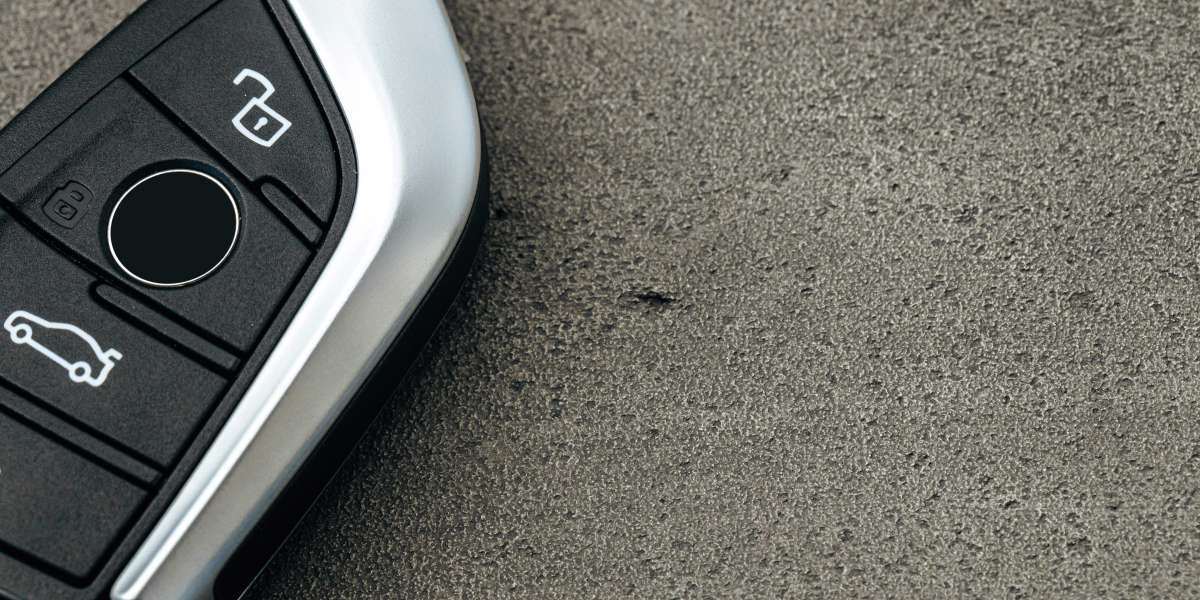Here’s a complete guide on how to choose the right POS system for your retail store:
?️ How to Choose the Right POS System for Retail
✅ 1. Understand Your Retail Business Needs
Before shopping for software, ask:
How many locations do you have?
Do you sell in-store only, or online + offline?
Do you need inventory tracking, employee management, or customer loyalty features?
What’s your budget (monthly + hardware costs)?
? Clarity on your business model will narrow down your options fast.
✅ 2. Look for Essential POS Features
A retail POS system should do more than ring up sales.
Must-Have Features:
? Fast, flexible payment processing (cards, wallets, tap, etc.)
? Inventory management (real-time tracking, low stock alerts)
? Employee management (sales tracking, shift scheduling)
? Customer management (purchase history, loyalty programs)
? Sales reporting and analytics
? Omnichannel capabilities (sync with online store)
? Choose based on your product type and store size.
✅ 3. Evaluate Ease of Use
Your POS should be intuitive for both you and your staff.
Ask:
Can a new employee learn it in 15–30 minutes?
Is the interface clean and touchscreen-friendly?
Does it work well on tablets or mobile devices?
? Look for free demos or trials to test it out yourself.
✅ 4. Check Hardware Compatibility
Do you need:
Touchscreen monitor or tablet (iPad/Android)?
Barcode scanner?
Receipt printer?
Cash drawer?
Card reader or terminal?
? Make sure your POS supports the hardware you already own—or offers bundles.
✅ 5. Consider Cloud-Based vs. On-Premise
| Type | Pros | Cons |
|---|---|---|
| Cloud-based | Access anywhere, auto updates, lower upfront cost | Needs internet, subscription fees |
| On-premise | No internet needed, more control | Higher upfront cost, less flexible |
? Cloud-based is best for most small to mid-sized retailers.
✅ 6. Check Integration Capabilities
Make sure your POS system integrates with:
Your eCommerce platform (Shopify, WooCommerce, Wix)
Accounting tools (QuickBooks, Xero)
Marketing platforms (Mailchimp, SMS tools)
Inventory or shipping tools
? The more it integrates, the less time you’ll spend on manual work.
✅ 7. Review Pricing Structure
Understand:
Monthly software cost
Per-location or per-user fees
Transaction fees (if payments are included)
Hardware costs (upfront or rental)
Add-on feature pricing (e.g. loyalty program)
? Some POS systems bundle everything, while others charge separately.
✅ 8. Look at Customer Support and Uptime
Your POS is critical—make sure help is available when you need it.
Ask:
Is support 24/7 via phone, chat, or email?
What’s the uptime guarantee (99.9% is good)?
Are there training materials or onboarding sessions?
? Great support = fewer headaches during busy times.
✅ 9. Check for Industry-Specific Features
Some POS systems are built for fashion, grocery, electronics, furniture, or salons.
Look for:
Variants and sizes for apparel
Weighted items for grocery
Service + product sales (for salons or spas)
Custom SKUs or serial number tracking
? A generic system might miss key features you need.
✅ 10. Compare Top Retail POS Systems
| POS System | Best For | Price Starts At |
|---|---|---|
| Square POS | Small stores, pop-ups, fast setup | Free + transaction fees |
| Shopify POS | Online + in-person retail | $29/month+ |
| Lightspeed | Inventory-heavy and multi-store | $89/month+ |
| Toast POS | Restaurant-specific | $0–$165/month |
| Clover | Custom hardware + scalable retail | $14.95/month+ |
| Vend (by Lightspeed) | Growing retailers with good inventory | $69/month+ |
? Pick based on your store type, size, and future growth plans.
Important Links
Dairy Farm Walk Condo Showflat
Dairy Farm Walk Condo Developer
Real Estate Trends Every Investor Should Know
Understanding Real Estate Market Cycles
How to Calculate ROI on Real Estate Investments
How to Finance a Real Estate Investment Property
Dairy Farm Walk Condo Site Plan
Dairy Farm Walk Condo Location
Dairy Farm Walk Condo New Launch
Dairy Farm Walk Condo Showflat
Dairy Farm Walk Condo Developer
Dairy Farm Walk Condo Floor Plans
Dairy Farm Walk Condo Site Plan


